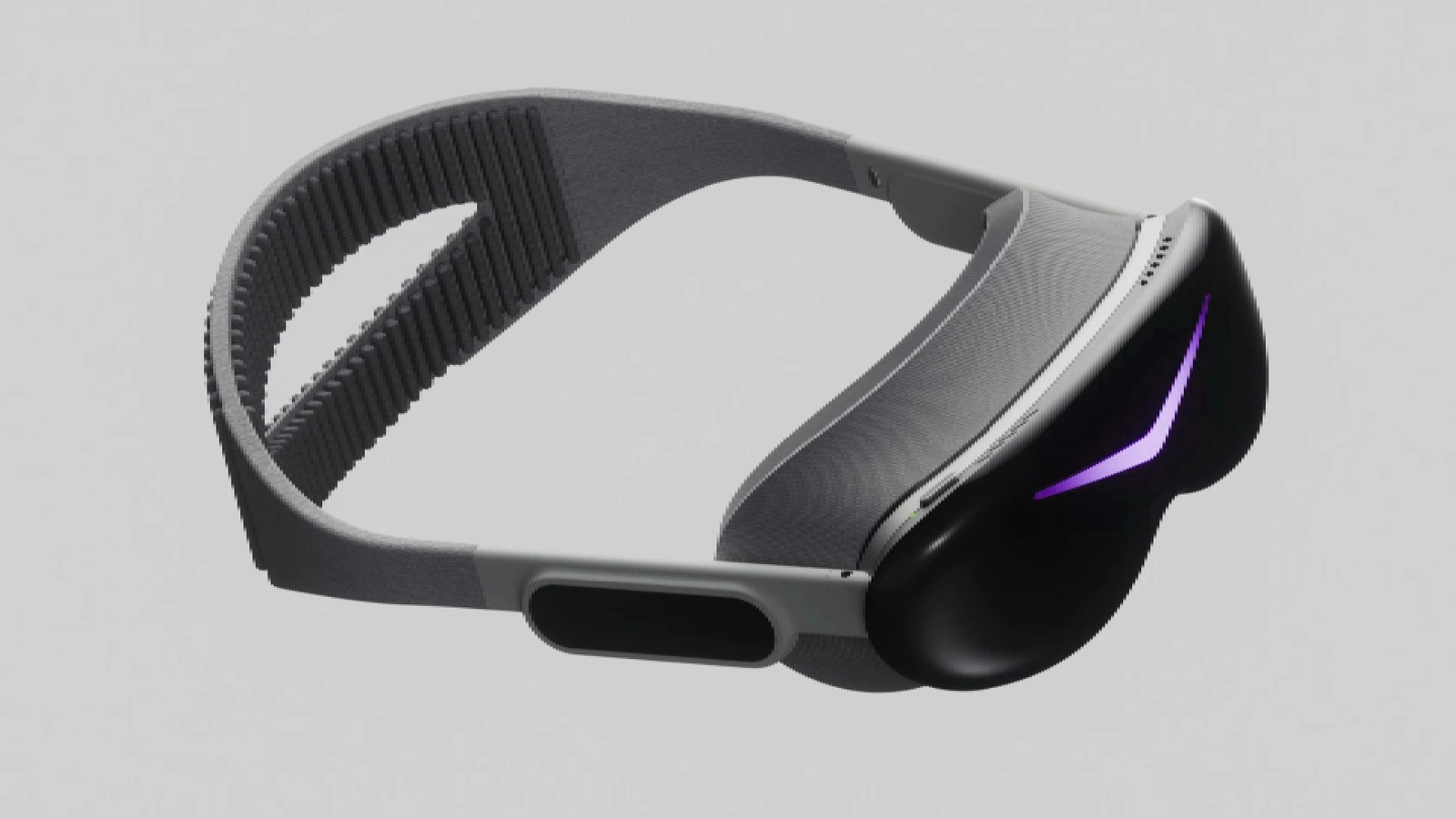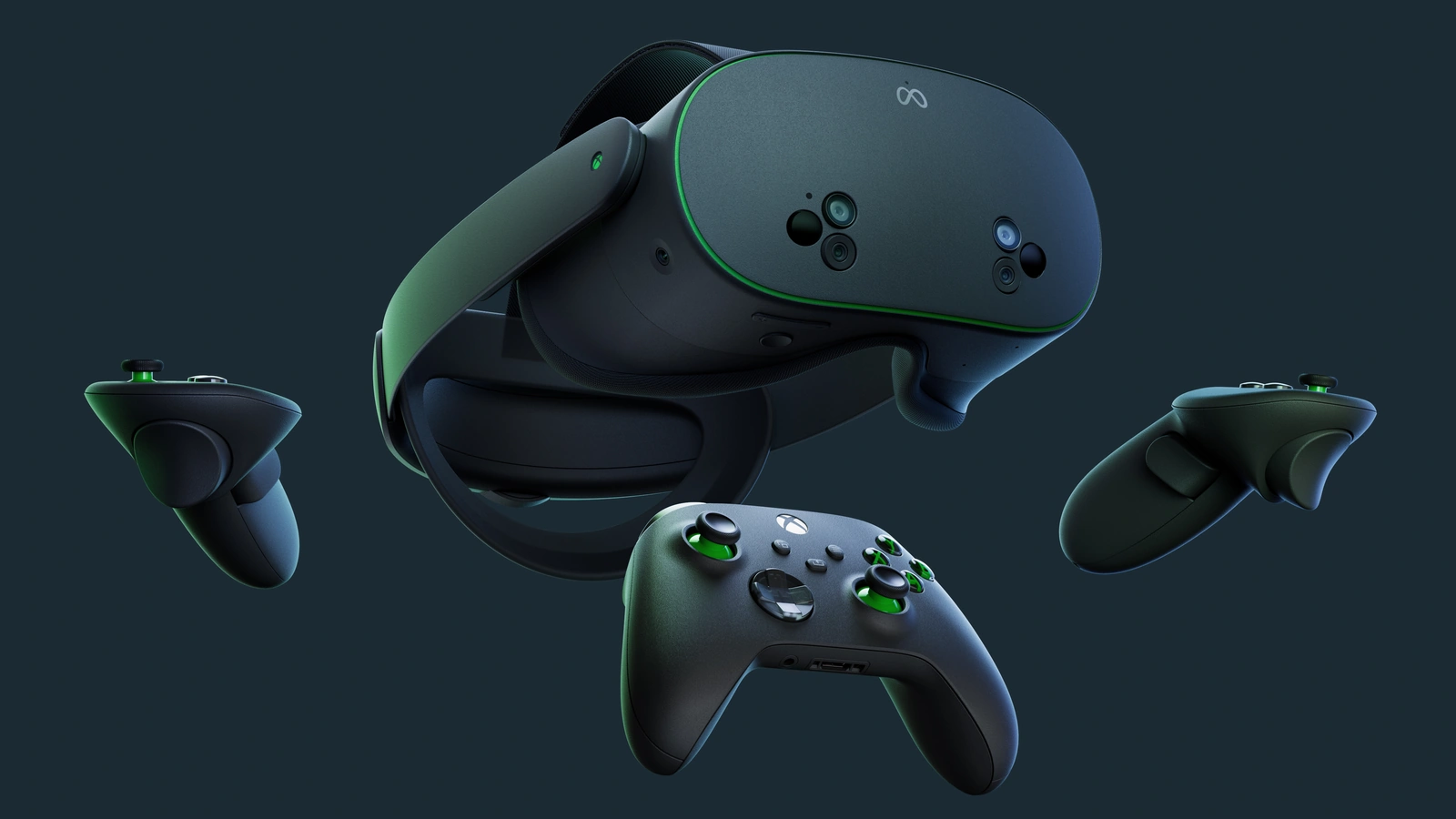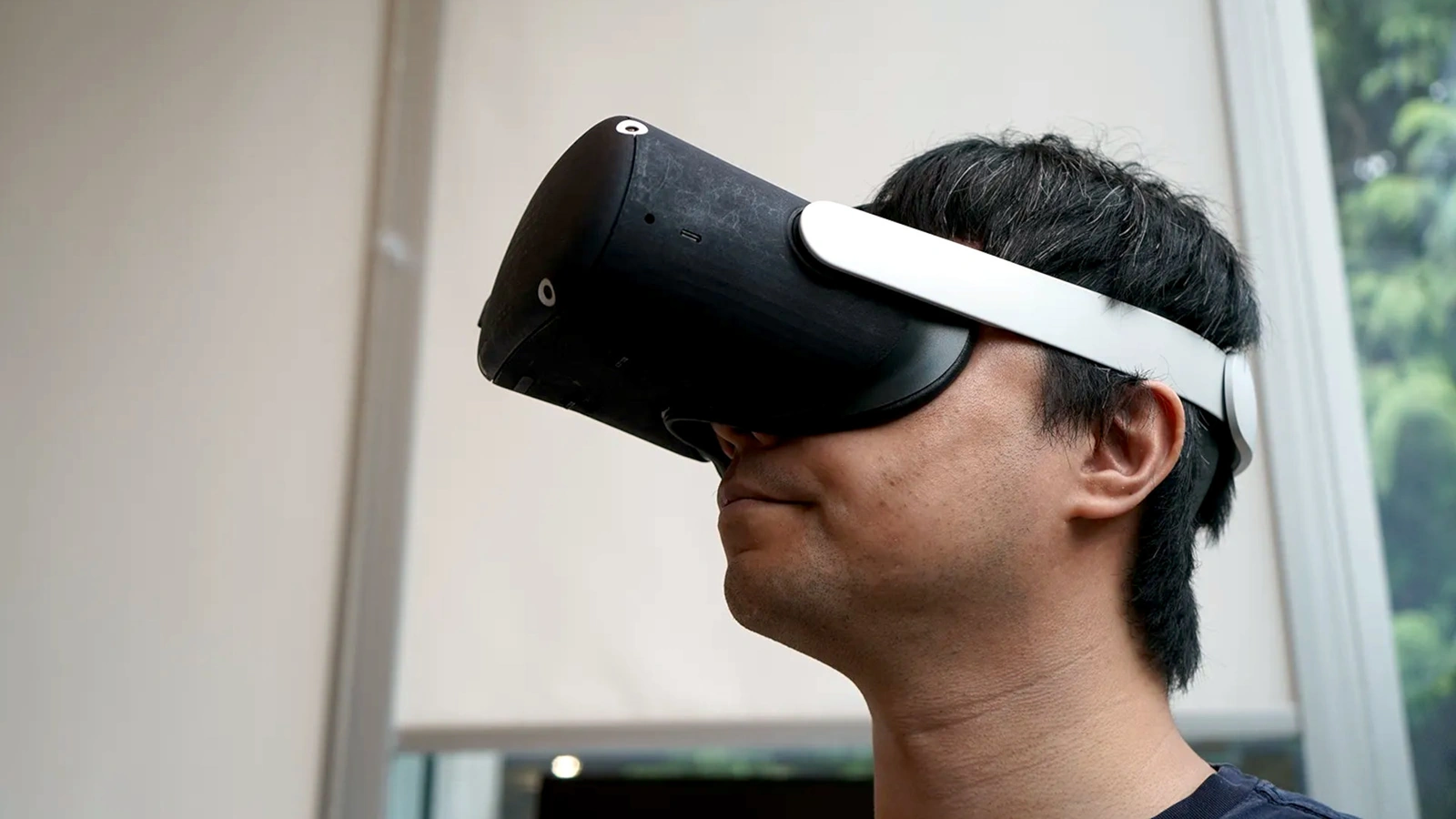Meta’s Next-Gen VR Headsets: A Leap in Virtual Reality
Source: original article
Meta has once again pushed the boundaries of virtual reality by unveiling two groundbreaking VR headsets. These devices promise to redefine our digital experiences with unprecedented visual fidelity and immersive capabilities. Let’s delve into the features, implications, and potential of these next-gen devices.

The Pixel Powerhouse

The first of Meta’s new VR headsets boasts an astonishing pixel density that necessitates the use of NVIDIA’s DLSS 3 upscaling technology. This ensures that users experience seamless visuals without the performance dip typically associated with such high resolutions. The integration of DLSS 3 is a testament to the headset’s advanced display technology, setting a new standard in the VR industry.
Unmatched Visual Clarity
The pixel count on this headset is so high that it challenges conventional display technologies. With DLSS 3, the headset delivers smooth frame rates and impeccable image quality, making it ideal for gaming and professional applications alike.
Pros and Cons
- Pros: Exceptional image clarity, reduced strain on hardware, enhanced immersion.
- Cons: Potentially high cost, requires advanced GPU support.
The Wide FOV Innovator
The second headset focuses on expanding the user’s field of view (FOV), offering a horizontal FOV that is twice that of the Quest 3. This feature is crucial for creating a more natural and encompassing VR experience, drawing users deeper into the virtual worlds.
Immersive Experience Redefined
By doubling the FOV, Meta addresses one of the key limitations of current VR headsets. This enhancement allows for a more immersive experience, particularly in games and simulations where peripheral vision plays a significant role.
Pros and Cons
- Pros: Enhanced immersion, better peripheral awareness, improved user experience.
- Cons: Possible increase in motion sickness for some users, higher resource demand.
Historical Context and Market Impact
Meta’s journey in the VR landscape has been marked by continuous innovation. From the early days of the Oculus Rift to today’s advanced headsets, each iteration has brought significant technological advancements. These new devices are poised to influence the market significantly, potentially setting new benchmarks for competitors.
Performance and User Impact
Early reviews suggest that these headsets could revolutionize both gaming and professional environments. The pixel density and FOV improvements are likely to enhance user satisfaction and broaden VR’s appeal beyond gaming into areas like virtual meetings and training simulations.
Conclusion
Meta’s new VR headsets represent a bold step forward in virtual reality technology. As we eagerly anticipate their release, the question remains: How will these advancements influence the future landscape of VR and its adoption in everyday life?
Discussion
What features do you believe are most crucial for the future of VR headsets, and how do you see these new headsets impacting the market? Share your thoughts in the comments below.
Meta VR headsets, DLSS 3 upscaling, virtual reality, pixel density, field of view, gaming, NVIDIA, immersion, technology trends, VR market.





